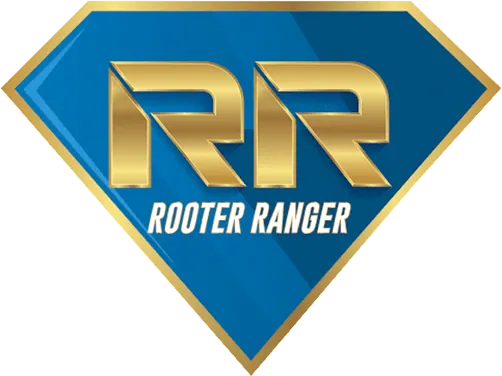Plumbing problems can arise at the most inconvenient times, leaving you scrambling for solutions in the midst of chaos. Before you worry about the price of an expensive emergency plumber, consider your knowledge of a plumbing system and what basic tools you might have in your toolbox.
These five tips will help you solve many common plumbing problems without having to contact a plumber right away.
1. Check Your Home’s Water Pressure
Low water pressure is a common issue for many homeowners, and various factors can cause it. In densely populated areas where multiple homes share the same water supply, the demand for the plumbing system can lead to reduced pressure. This issue can affect both hot and cold water, making your plumbing fixtures less effective.
Here are some DIY troubleshooting tips for low water pressure:
- Check your faucet and make sure it is not leaking.
- Check the water source (i.e., main valve) and ensure that it is fully open.
- Run your cold and hot water taps for at least one minute each, but choose one temperature at a time. This will help clear sediment from your house’s lines and fixtures.
2. Know Where to Find the Water Shut-Off Valve
If you have an issue with your water, you’ll first want to find the shut-off valve. This will stop the flow of water and help prevent more damage from being done.
- Locate the Shut-Off Valve: Look under sinks or around your home for a knob that controls the water flow. Once you find it, turn it clockwise until all the water has been turned off.
- To Shut Off the Main Water Supply: You can also shut off your main water supply by turning the knob clockwise until it stops completely, or use pliers or an adjustable wrench if necessary.
3. Clear Away Clogs
There are many ways to clear clogs in your plumbing lines. Before clearing a plumbing clog yourself, the first step is to turn off the water supply to the designated plumbing fixture by turning the shut-off valve clockwise.
For toilets, flushing can also help create suction and draw water out of the clog. Baking soda and vinegar can also be used. Pour 1/8th cup of baking soda down the overflow tube in the back of the tank if there is one; this will create an effervescent reaction that should help break up any clogs in pipes leading from your toilet.
A plunger can also be used for both toilets and sinks. Ensure a tight seal and apply firm pressure.
4. Replace Any Damaged Fixtures
If a faucet in your home is malfunctioning, it could be due to a loose or damaged handle. Start by tightening the handle with pliers. If tightening doesn’t resolve the issue, the faucet itself might be faulty or worn out. In this case, you may need to replace the faucet entirely.
- Inspect for Leaks: Before replacing the faucet, check for any leaks around it. If you notice any, address these first, as they can contribute to the problem.
- Replacement Process: When replacing a faucet, ensure you select one that matches the existing fittings. Turn off the water supply before removing the old faucet. Follow the manufacturer’s instructions for installing the new one, and make sure all connections are secure to prevent future leaks.
Addressing these common issues with your fixtures can restore proper function without the need for professional help. However, if problems persist or if you’re uncomfortable performing these repairs, seeking assistance from a plumber can ensure a thorough and safe resolution.
5. Inspect and Fix Leaky Pipes
Leaky pipes can lead to water damage if not addressed promptly. Here are some tips to stay proactive about the health of your plumbing pipes:
- Identify Leaks: Look for water stains on walls or ceilings, damp spots, or puddles around your plumbing.
- Temporary Fixes: Use pipe repair clamps or epoxy putty as a temporary fix until you can replace the damaged section.
- Preventative Maintenance: Regularly inspect your pipes for signs of wear and tear to catch potential issues early.
If you encounter a plumbing issue, it’s natural to feel overwhelmed and consider calling a plumber right away. However, taking a moment to assess and understand the problem can be both empowering and cost-effective. By diagnosing the issue yourself and following these practical tips, you can often address many common plumbing problems on your own. This approach not only saves you money but also helps you pinpoint the exact issue, making it easier for a professional to provide targeted assistance if needed.
If you find that the issue is beyond your DIY skills or need expert help, don’t hesitate to contact Rooter Ranger. Our plumbers are ready to handle any challenge and ensure your home’s plumbing system is in top shape. Contact Rooter Ranger today for professional and reliable plumbing services!

